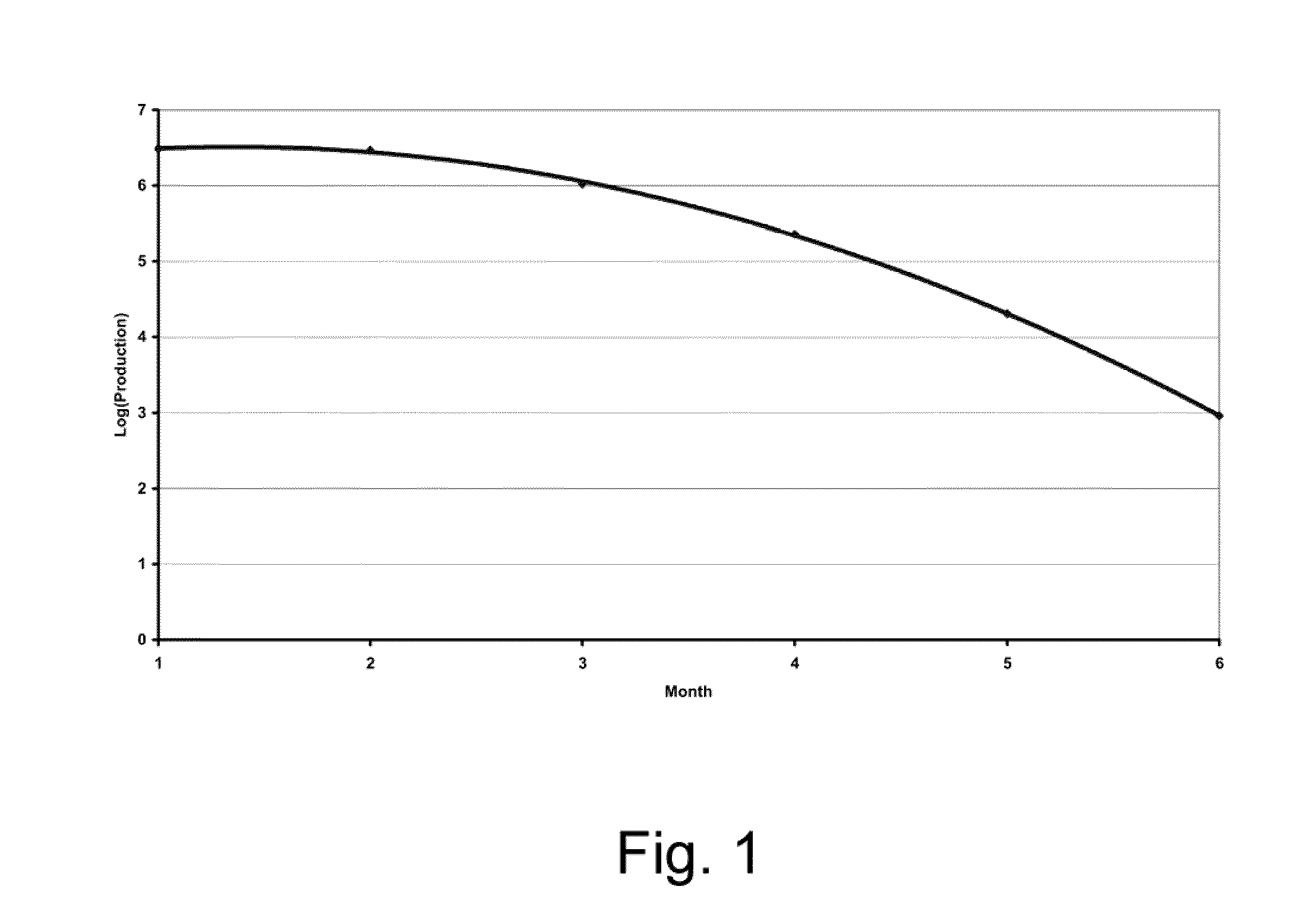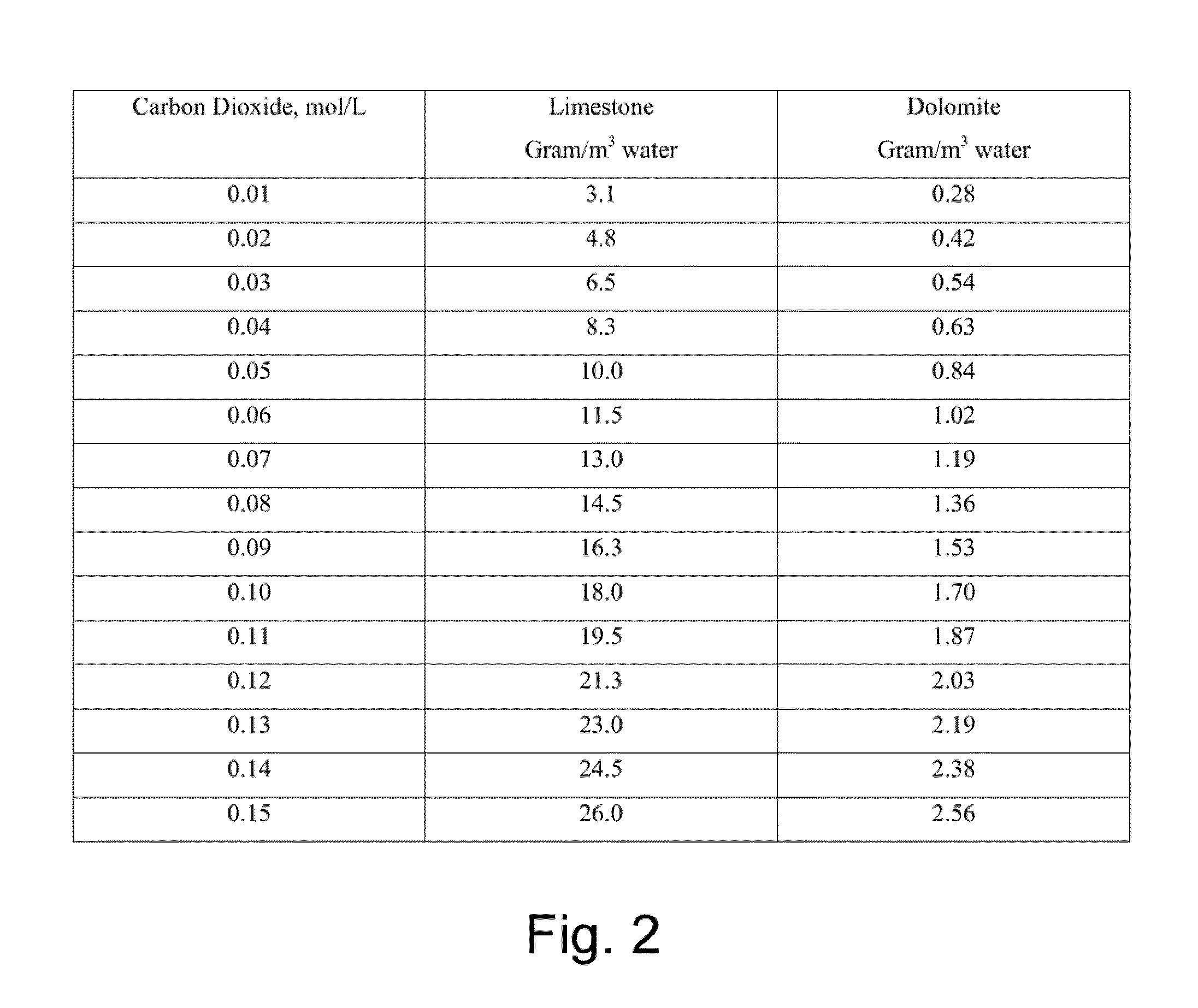Gas-assisted process for in-situ bitumen recovery from carbonate reservoirs
a carbonate reservoir and gas-assisted technology, which is applied in the direction of fluid removal, insulation, borehole/well accessories, etc., can solve the problems of not being able to prove success in bitumen reservoirs and the effect of oil production rate, and achieve the effect of suppressing the dissolution-re-precipitation effect of carbonates
- Summary
- Abstract
- Description
- Claims
- Application Information
AI Technical Summary
Benefits of technology
Problems solved by technology
Method used
Image
Examples
Embodiment Construction
[0054]Generally, the present invention provides a method and system for producing heavy oil or bitumen from a carbonate formation.
[0055]At this time, cyclic steam stimulation (CSS) is the only recovery technique utilized in pilots of bitumen from carbonates. It is normally expected that production decline curves in CSS cycles exhibits a log-linear behaviour. That is, a graph of logarithm of production rate against time is linear. However, FIG. 1 shows a production decline from a typical cycle in the Buffalo Creek pilot project (see Accumap, well 10-05-88-19W4M, July-December 1982). There is a significant deviation from the straight line that would normally be expected, and this may be assigned to a reduction in reservoir permeability towards the end of the cycle. The cause of this permeability decline is believed to be the dissolution and re-precipitation phenomenon described above.
[0056]This suppression of production rate within a CSS cycle, or during a steam assisted gravity drain...
PUM
 Login to View More
Login to View More Abstract
Description
Claims
Application Information
 Login to View More
Login to View More - R&D
- Intellectual Property
- Life Sciences
- Materials
- Tech Scout
- Unparalleled Data Quality
- Higher Quality Content
- 60% Fewer Hallucinations
Browse by: Latest US Patents, China's latest patents, Technical Efficacy Thesaurus, Application Domain, Technology Topic, Popular Technical Reports.
© 2025 PatSnap. All rights reserved.Legal|Privacy policy|Modern Slavery Act Transparency Statement|Sitemap|About US| Contact US: help@patsnap.com



